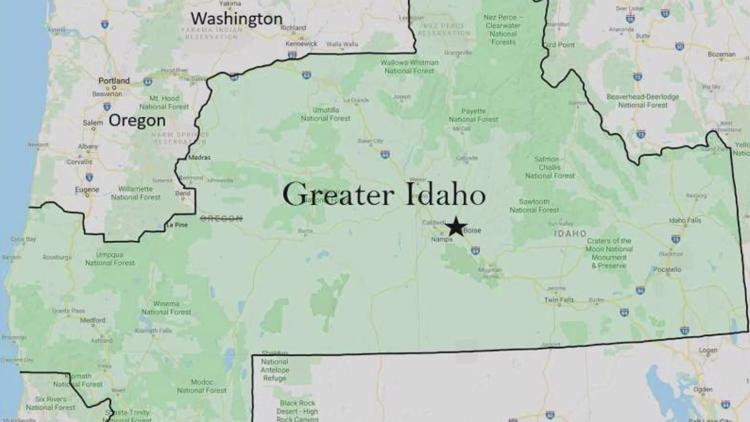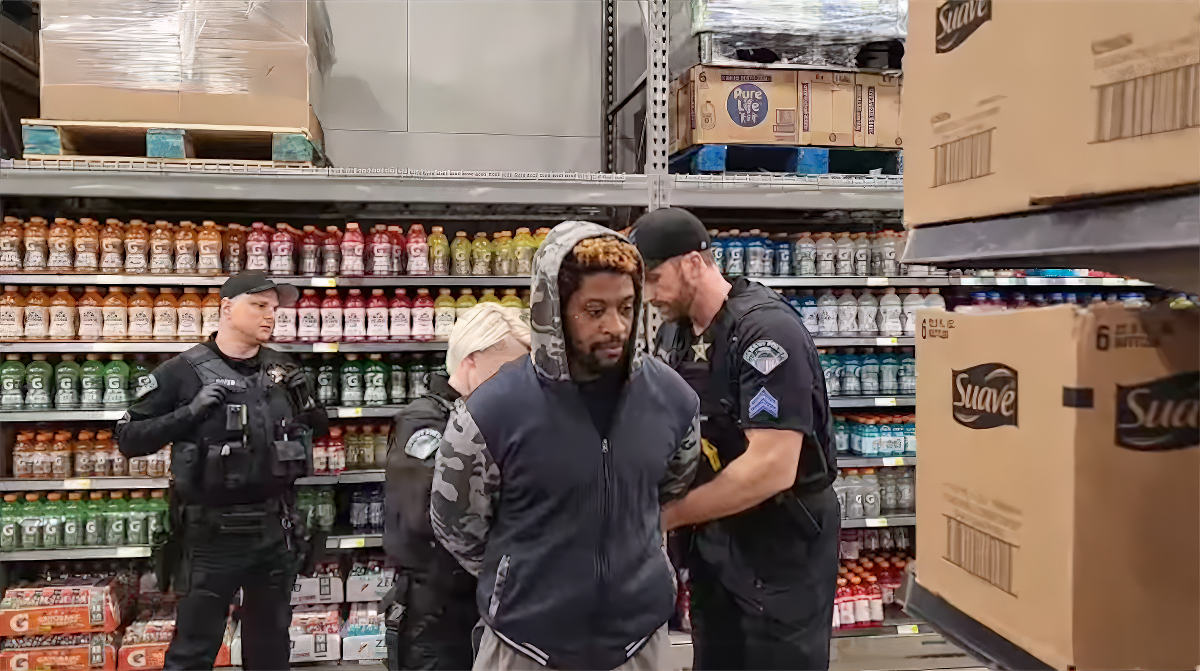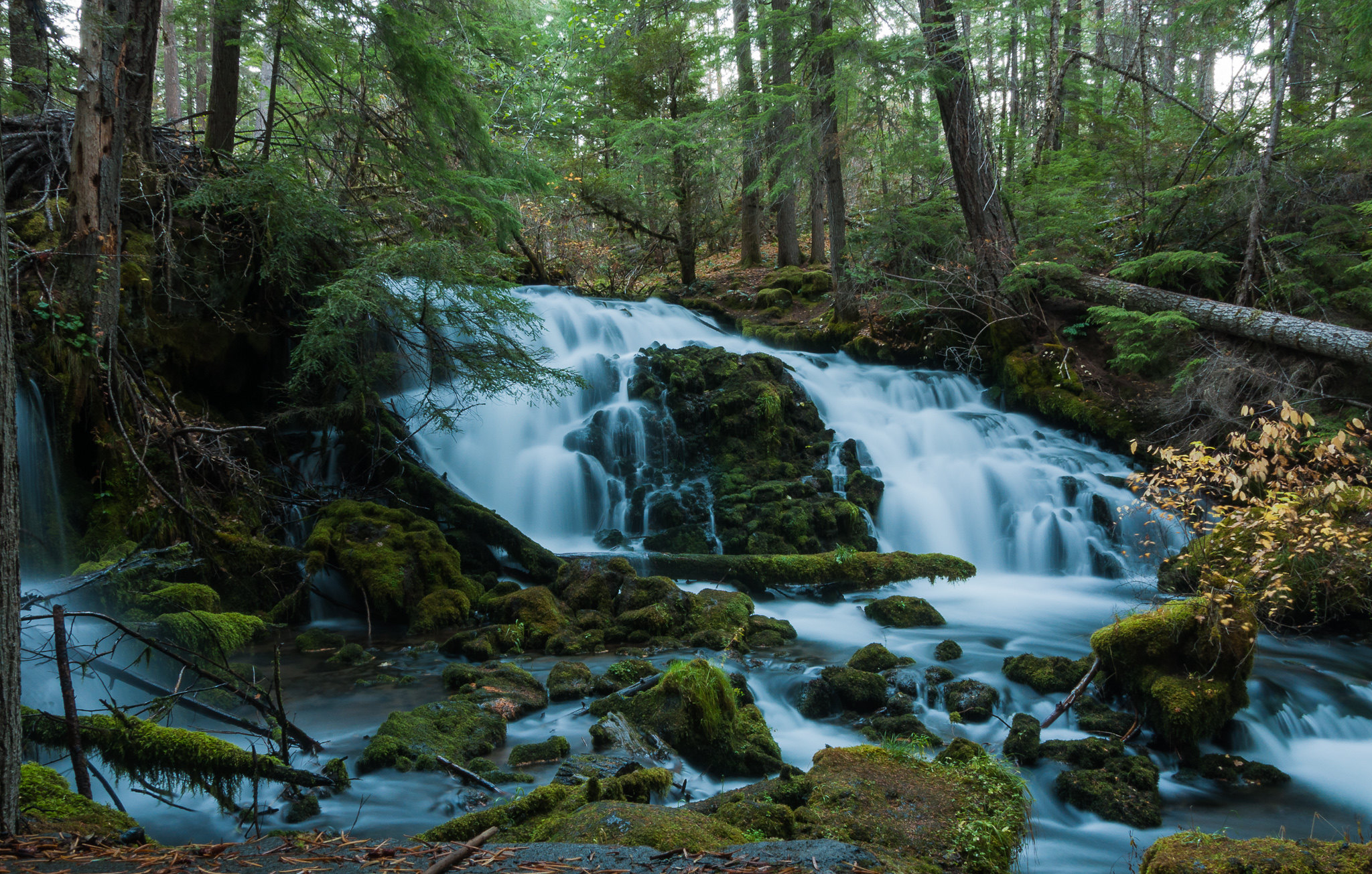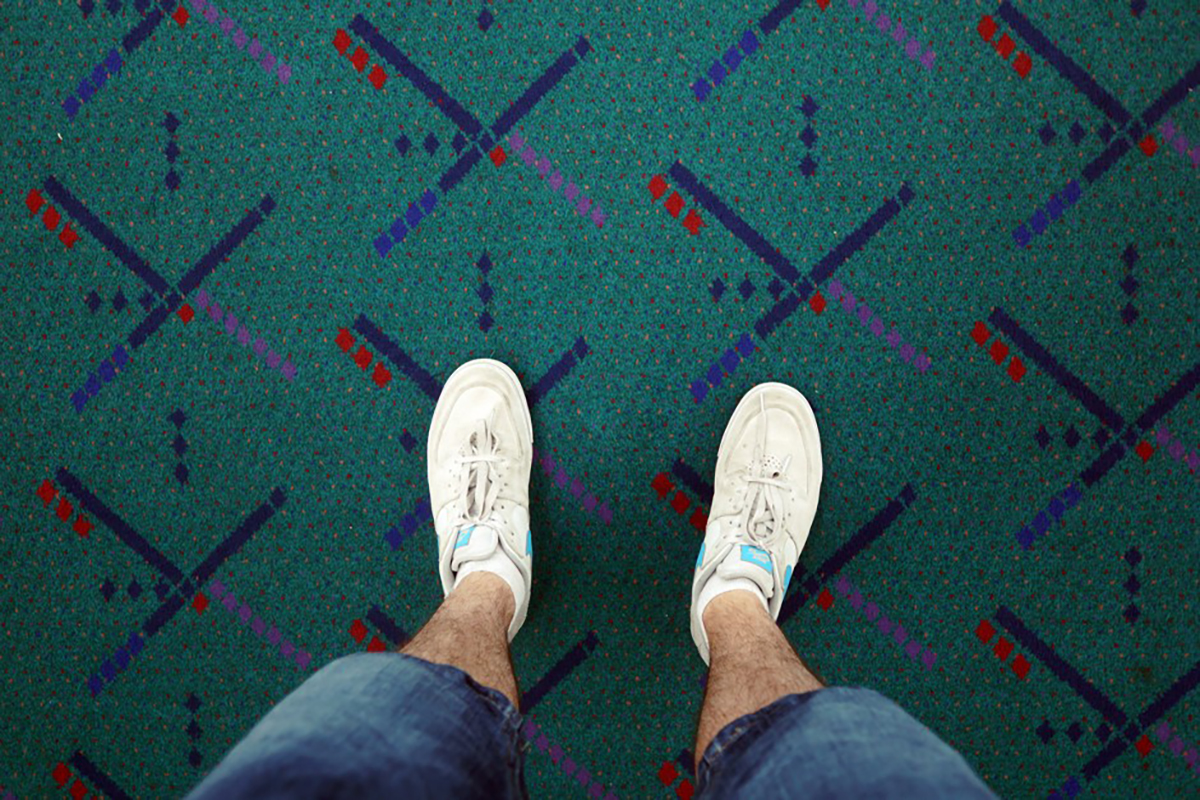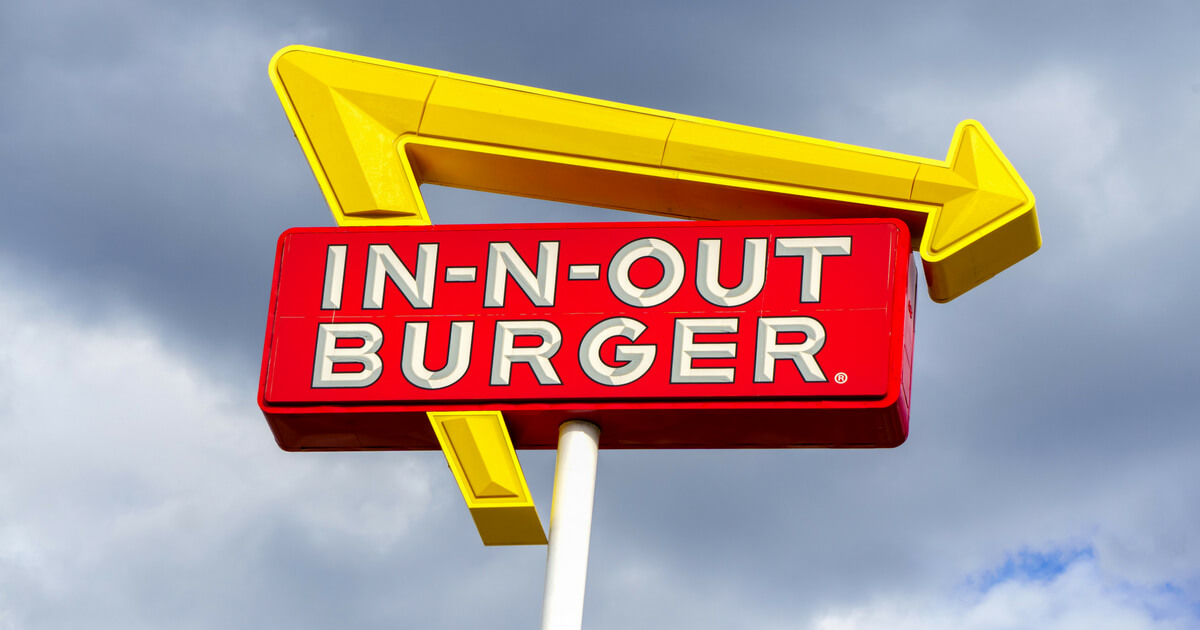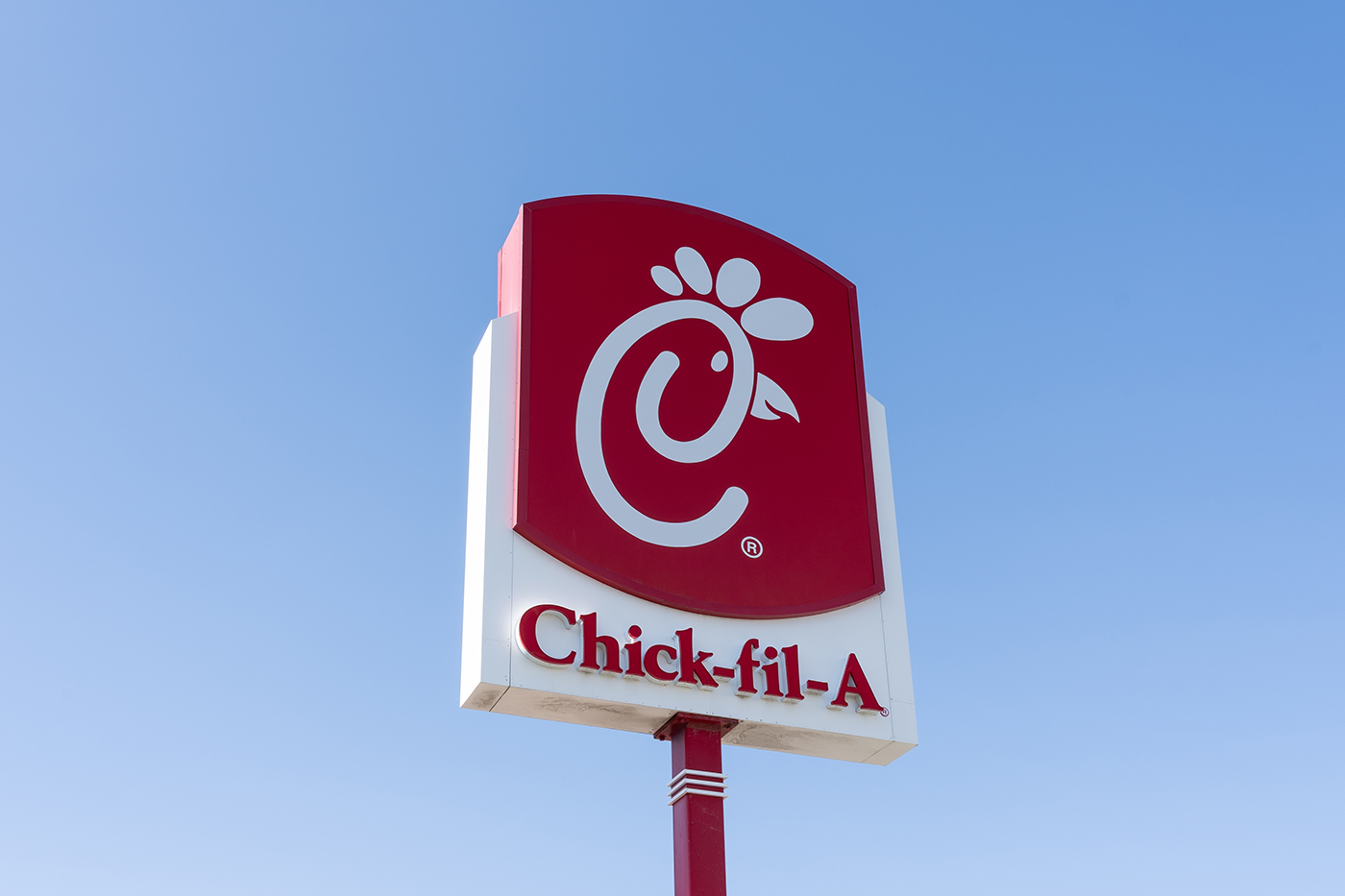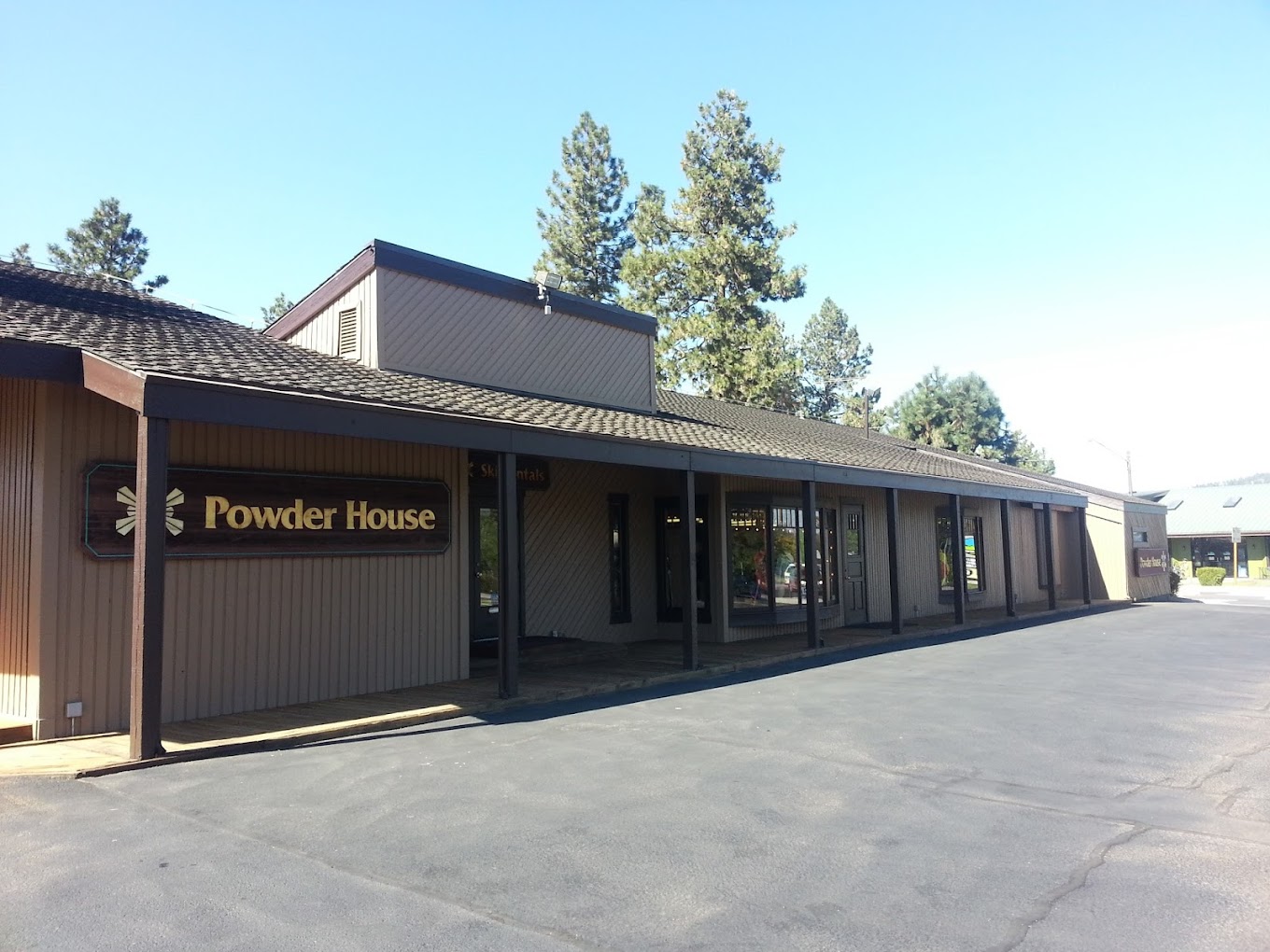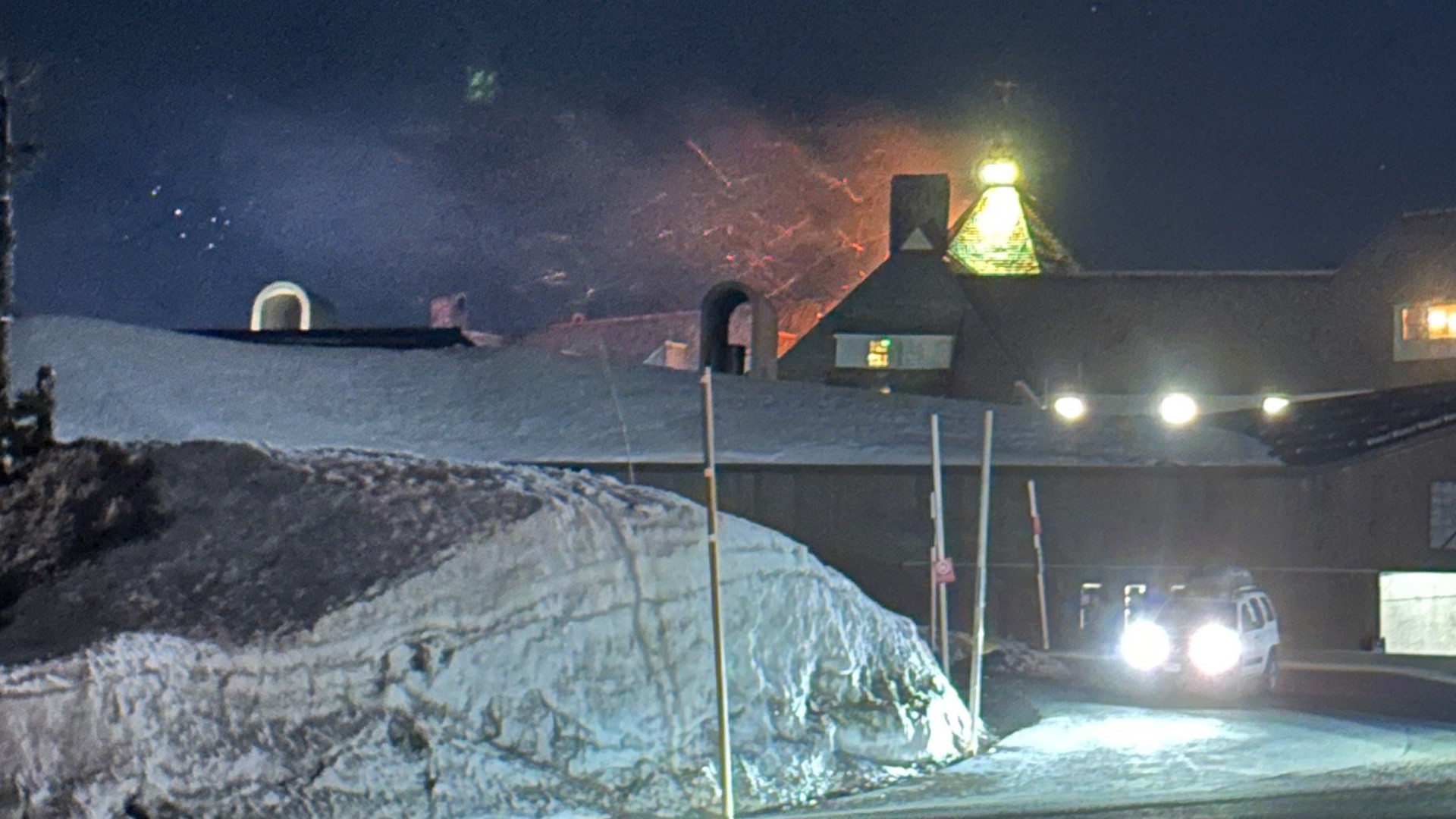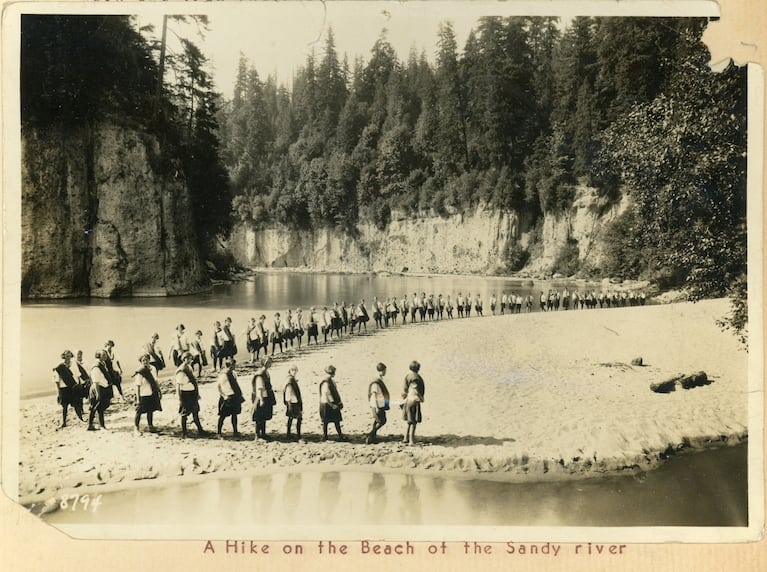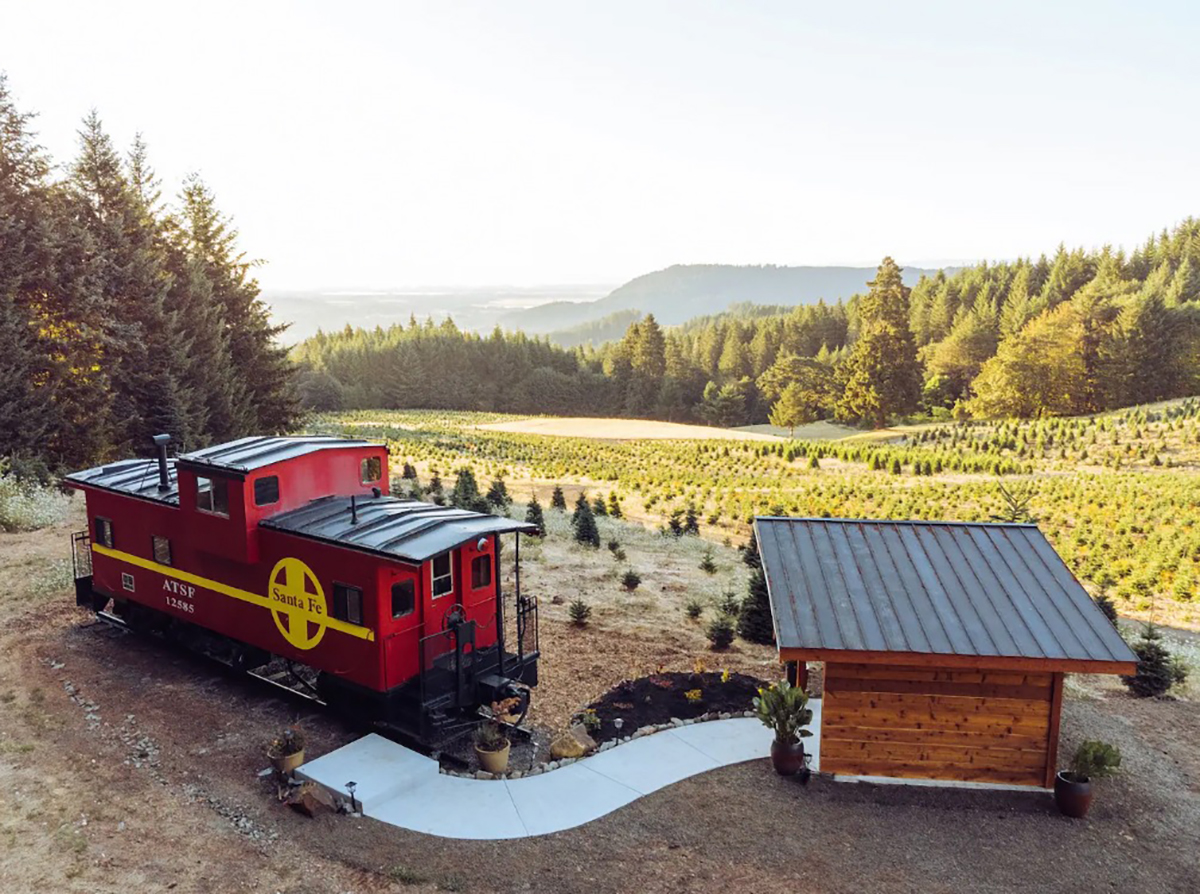Idaho may soon begin a discussion about absorbing some of its neighboring counties. The Republican state representative from Midvale, Judy Boyle, introduced a joint memorial on Wednesday asking the Democratic-controlled Oregon Legislature to discuss the Greater Idaho movement with the Idaho Legislature.
The Greater Idaho Movement has recently gained attention as a controversial effort to expand the boundaries of the state of Idaho to include certain counties in Oregon, Nevada, and Washington. The movement, which has been fueled by frustration with the current political climate, has sparked discussions and debates about the future of the western states and the idea of state boundary changes.
The Origins of the Movement
The Greater Idaho Movement has been around for several years, but gained momentum in 2020 with the election of progressive politicians in Oregon and other western states. According to supporters of the movement, they feel like their voice is not being heard and believe they have a better chance of protecting their liberties and freedoms if they are part of a more conservative state. Recently, Idaho State Senator Jim Guthrie said in an interview with The Oregonian, "We just feel like our voice isn't being heard, and we feel like there's a better chance for us to protect our liberties and freedoms if we're in a more conservative state."
As quoted by their official website:
Counties can become a part of Idaho. State lines have been relocated many times in American history because it just takes an interstate compact between two state legislatures and approval of Congress.
If the United States were governed as a single state, we wouldn’t have the opportunity for state governance to vary according to the culture of a local area. The purpose of having state lines is to allow this variance. The Oregon/Idaho line was established 163 years ago and is now outdated. It makes no sense in its current location because it doesn’t match the location of the cultural divide in Oregon. The Oregon/Washington line was updated in 1958. It’s time to move other state lines.
The Proposed Expansion
The exact boundaries of the proposed expansion have not been officially defined, but it is believed to include several counties in eastern Oregon, as well as some counties in Nevada and Washington. Supporters of the movement believe that these areas have more in common with Idaho, culturally and politically, and would be better served as part of a larger, conservative state.
Opposition to the Movement
The Greater Idaho Movement has faced significant opposition from both state officials and residents. Oregon's former Governor Kate Brown has publicly stated that she is "firmly against any efforts to forcibly annex parts of Oregon into another state." The idea has also faced pushback from residents of the counties in question, who feel that their communities and identities would be threatened by such a change.
According to an article in The Wallowa Chieftain, local residents have expressed concerns about the potential impacts on their communities, including the loss of local control and the potential for increased taxes. One resident, John Smith, was quoted as saying, "I just don't see how this is going to benefit our community in any way. We have a strong identity and history here, and I don't want to see that lost."
The Future of the Movement
Despite the opposition, the Greater Idaho Movement continues to gain support, with several counties in Idaho already passing resolutions in support of the effort. However, it remains unclear what the future holds for the movement, as the process of changing state boundaries is complex and requires the approval of both state governments and the US Congress.
The Greater Idaho Movement is a controversial and divisive issue, with strong opinions on both sides. Whether the effort will ultimately be successful remains to be seen, but it has certainly sparked important conversations about the future of the western states and the idea of state boundary changes.
The Upcoming Hearing on February 13th, 2023
The Greater Idaho movement will be the subject of a hearing in the Idaho State Capitol on February 13th, 2023. The hearing, which is being organized by Idaho Senator Todd Lakey, will provide a platform for supporters and opponents of the movement to voice their opinions and concerns. Senator Lakey, a Republican from Nampa, is a strong advocate of the Greater Idaho movement and has been leading the charge in the Idaho legislature to make it a reality.
According to the Wallowa County Chieftain, the hearing is expected to be well attended and will feature testimony from various stakeholders, including county officials, business leaders, and members of the public. The hearing will be an opportunity for the public to learn more about the Greater Idaho movement and to weigh in on the discussions surrounding it.
What Happens Next?
It remains to be seen what the outcome of the February 13th hearing will be and what the future holds for the Greater Idaho movement. However, the hearing is an important step in the process of bringing the movement to the forefront of public discourse and generating support for the cause. If the movement gains enough momentum and support, it could lead to a ballot measure in Idaho and potentially in other states, which would allow residents to vote on the annexation of their counties into the state of Idaho.
The Greater Idaho movement is a controversial and complex issue that has garnered attention from across the region. The upcoming hearing on February 13th, 2023, is expected to be a significant moment in the movement's journey, providing an opportunity for the public to learn more and voice their opinions. Regardless of the outcome, the Greater Idaho movement is certain to continue generating discussion and debate in the months and years to come.
If you are interested in reading more about the movement, you can head over to the official Greater Idaho Movement site here.

